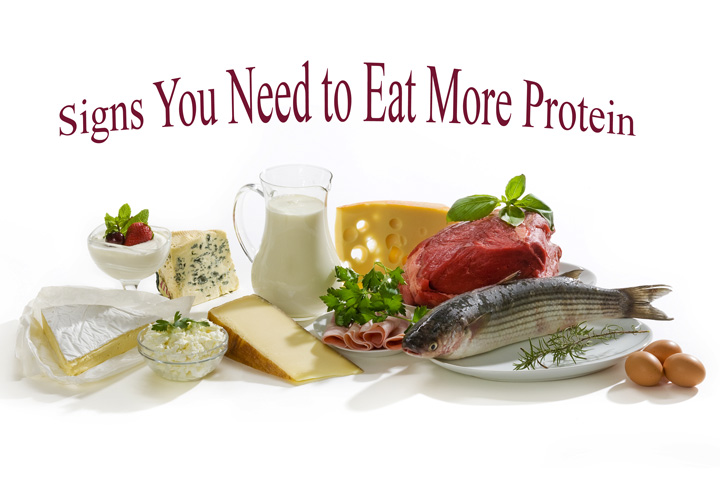
Signs You Need to Eat More Protein
Protein is an essential macronutrient. We can’t make it. We can pull it from our structural tissues – our muscles, our tendons, our organs – if we’re in dire need of amino acids, but that’s not a healthy long term strategy. For all intents and purposes, we need to consume protein to stay healthy, fit, happy, and long-lived. But we need to consume the right amount at the right times. And since I’ve already talked about how much protein certain populations should be eating on a general basis, shown you how to identify when you need more carbs, and explained how to tell if you need more fat, today’s post will cover 12 situations, symptoms, and signs that indicate a direct need for more dietary protein.
You’re older than you used to be.
For years, the elderly have been told not to expect anything from their bodies but decay and decrepitude. They can lift weights if they want, but they’re not going to get very strong and if anything they’ll just improve “tone” and “balance.” Well, that’s nonsense. The elderly absolutely can get stronger and even build muscle and improve their bone mineral density by lifting heavy things. Maybe not as easily as a 22 year old. Maybe not as much as when they were younger. But they can do it. There’s just one caveat: they need more protein than their younger counterparts.
The elderly aren’t as efficient at processing protein. To maintain nitrogen balance or tip the scales toward lean mass accrual, an older person is going to need more protein than a younger person – all else being equal. That goes for resistance training oldsters, puttering around the garden oldsters, and taking an hour to walk around the block oldsters. More protein is better than less.
You’re always hungry.
Of all the macronutrients, protein is the most satiating, and high-protein diets (which are usually also low-carb) consistently result in the greatest inadvertent reduction in calories. You don’t consciously stop eating. You’re not fighting your desire for food. You simply don’t want it. That’s the perfect antidote to insatiable hunger.
Just try it. Make a point to add an extra 20 grams of protein each meal. A few ounces of steak here, a chicken leg there, a piece of salmon, a few eggs. You’ll be fuller, faster.
So if your stomach resembles a bottomless pit, try increasing your protein intake.
You’re cutting calories.
Traditional calorie-restricted dieting certainly can help you lose body weight, but it also causes the loss of lean muscle mass. That explains why so many people who simply reduce calories to lose weight end up skinny-fat. Luckily, increasing the amount of protein you eat can offset some of the muscle loss caused by calorie restriction:
- In weightlifters, a low-carb hypocaloric diet with 2x the RDA for protein resulted in greater nitrogen balance than a high-carb hypocaloric diet with RDA protein.
- In women, a low-calorie, high-protein diet was better than a conventional high-carb, low-fat diet at promoting lean mass retention, even in the absence of exercise.
If you’re reducing calorie intake, you’d better increase the absolute amount of protein you’re eating. As an added bonus, the satiety from increasing protein will make the cutting of calories – an infamously onerous task – much easier.
You’re lifting heavy things.
Lifting heavy things changes how your body processes protein. On the one hand, resistance training makes you more efficient at protein utilization so that you actually need less protein to maintain your muscle mass. If maintenance is your goal, you probably don’t need extra protein.
However, resistance training also pushes your anabolic ceiling higher so that you can leverage higher protein intakes into more muscle mass and greater strength gains. The more protein available, the greater the response.
You’re exclusively eating plant proteins.
For the most part, plant proteins are less efficient than animal proteins. They’re often missing essential amino acids. And in the case of something like soy protein, it’s just not as effective as an animal protein like whey:
- Following resistance training, soy protein blunts testosterone production in men.
- In both the young and the elderly, whey promotes greater muscle protein synthesis than soy protein.
- Compared to milk, soy protein results in less hypertrophy following resistance training.
- Women who consume animal protein have greater muscle mass than female vegetarians.
The easiest thing would be to add a whey protein supplement or start eating pastured eggs from happy hens (or raise your own to ensure their quality of life), but if you’re not going to do that at least increase your overall protein intake to make up for the inefficiencies of plant protein.
You’re engaged in chronic cardio.
As much as I caution against chronic cardio, people are still going to do it. I stuck with it for many years, even long after I’d realized the damage it was doing, because I was addicted to the rush of competing. So I get it.
If you insist on endurance training, you’re going to need more protein to stave off the loss of muscle. Even though you’re not necessarily eating less food when you exercise – maybe more, if anything – your caloric expenditure is greater and the net result is a negative calorie balance. A higher protein intake can stave off the lean mass losses associated with negative calorie balances, whether they stem from lower calorie intakes or higher expenditures.
You’re craving meat.
A lot of people get mixed up trying to interpret cravings because in our modern food environment, real nutrient deficiencies often masquerade as cravings for junk food. Sometimes, though, a craving is correct. And animal research suggests that a specific appetite for protein exists in mammals. When mice are protein deficient, they tend to seek out protein-rich foods and ignore protein-poor foods.
You’re eating lots of muscle meat.
Wait. What? The consumption of a potent source of animal protein raises the requirements of protein? How does that work?
Muscle meat is a rich source of methionine, the amino acid that the life extension crowd is always railing against as carcinogenic, inflammatory, and anti-longevity. They’re onto something, but there’s evidence to suggest that you don’t need to eliminate, or even reduce your methionine/muscle meat intake as long as you balance it out with another type of animal protein: gelatin.
Found in bones, connective tissues, gristle, cuts of meat like oxtail, neck, and shank, or gelatin supplements, gelatin is a protein composed primarily of amino acids like glycine and proline. Animal studies show that “methionine toxicity” can be countered by glycine supplementation. In fact, one of the primary mechanisms of methionine toxicity is glycine depletion. My favorite way to balance out methionine and glycine is to supplement with oxtail stew.
You’ve got achy joints.
In the previous post about fat requirements, I explained how my first response to achy joints is to increase my omega-3 consumption because that quickly curtails inflammation. But if that doesn’t work – and even if it does – I then turn to gelatin. Gelatin is connective tissue; it’s made of the stuff we use to repair and build our own cartilage, tendons, ligaments, and fascia. A few studies indicate that eating gelatin can improve joint pain:
A novel collagen type II supplement (a fancy gelatin supplement) improved pain, range of motion, and stiffness in women with severe joint pain and patients with rheumatoid arthritis.
You’re on bed rest.
Bed rest eats at lean muscle mass. It makes sense from your body’s point of view; since you aren’t using it, you don’t really need it. Placing individual limbs on bed rest also has the same effect. Wearing a cast on your arm and preventing it from performing simple, everyday contractions will initiate the atrophy process within days. In effect, unused muscle on bed rest becomes less responsive to protein/amino acids, or “protein resistant.” The answer is not to throw up your hands (if you can even move them) and give up. The answer is to increase your protein intake to mitigate the inefficiency.
Increasing protein during bed rest will slow down (but not completely halt) the breakdown of lean mass and improve muscle function.
You’re experiencing chronic stress.
Stress hormones are catabolic; they increase muscle and tissue protein breakdown. If you’re experiencing an acute stressor, like a tough workout, this catabolism is normal and necessary and gives way to anabolism. That’s how we get stronger, faster, fitter, and more capable. But if that stress becomes chronic, and the stress hormones are perpetually elevated, the balance tips toward muscle catabolism. Until you’re able to get a handle on the stress, eating more protein should mitigate the damage and might even reduce the stress itself.
You’re recovering
You’re coming off surgery, recovering from burns, or trying to heal a wound (or all three). Traumatic damage to your tissues requires more protein to make the necessary repairs and recovery.
In wound patients, protein deficiency is common and impairs the healing process. Wounded rats placed on protein-free diets also take far longer to heal than wounded rats eating protein-replete diets.
After surgery, which is pretty much a controlled wounding, protein intake is probably the most crucial aspect of the patient’s nutrition and subsequent recovery. Many doctors even recommend that surgical patients take whey protein isolate for a couple days after a procedure.
After a severe burn, your metabolism goes into hyperdrive. Stress hormones and inflammation skyrocket, leading to accelerated tissue breakdown, lean mass reduction, and overall body weight reduction. To counter this, “early and continuous” high-protein enteral feeding has become part of standard care for severe burn victims. Adult burn victims need at least 1.5 g/kg bodyweight; kids need up to 2.5 g/kg.
Most research focuses on the importance of protein intake after severe injuries, burns, and surgeries, but the same principles should hold true for recovery from minor stuff. This is also a good time to increase your gelatin/collagen intake, as those are the primary proteins used to rebuild new skin and gelatin is also a good source of arginine, an amino acid that promotes wound healing.

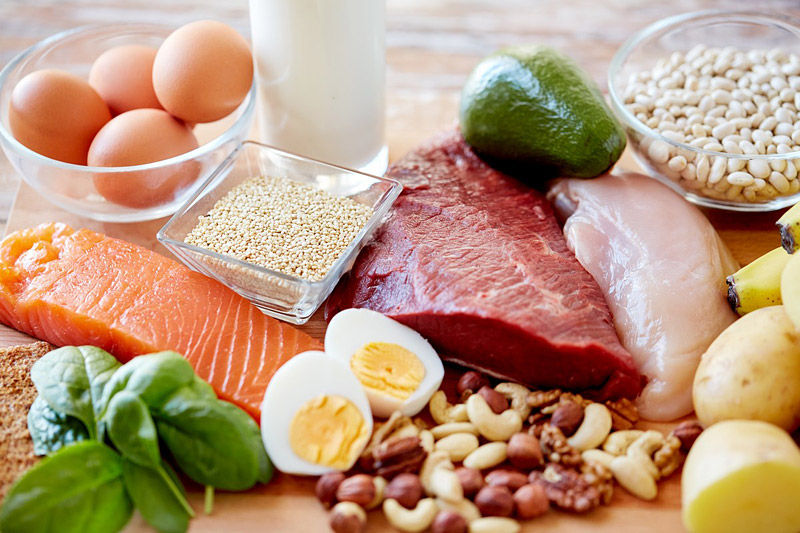
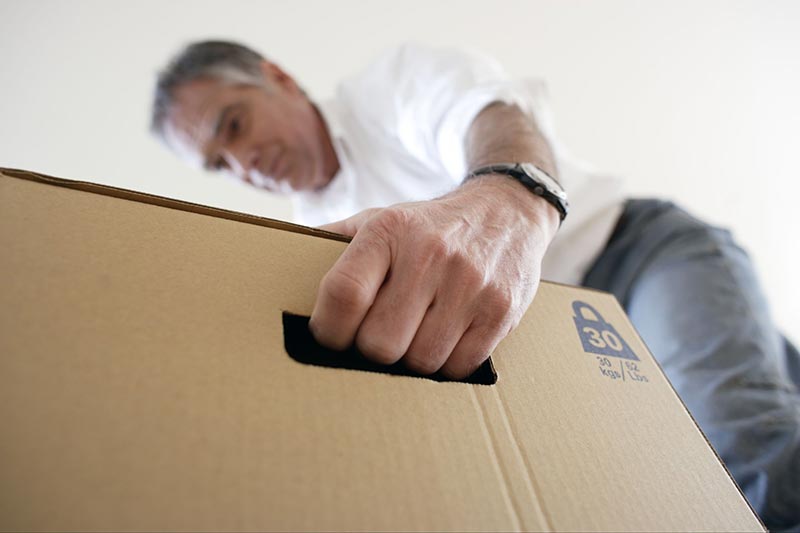
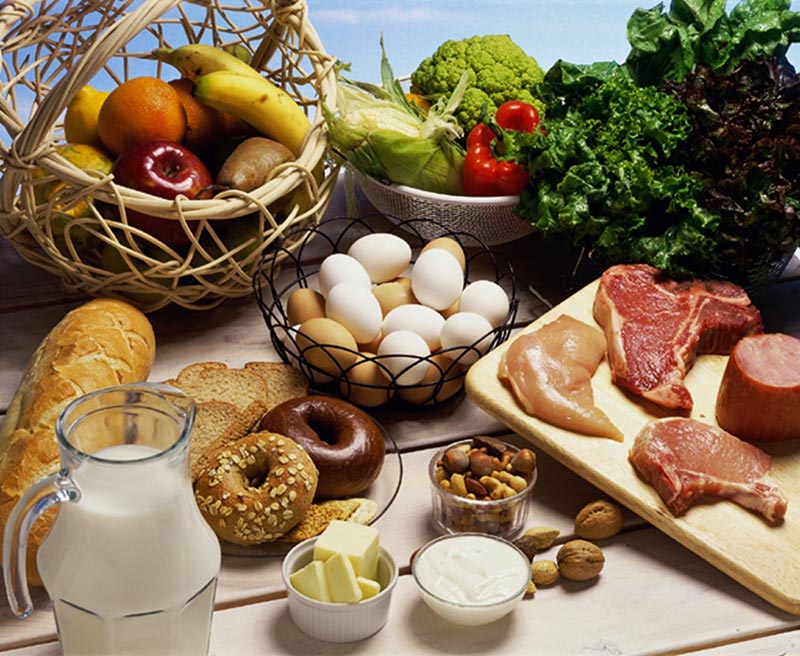
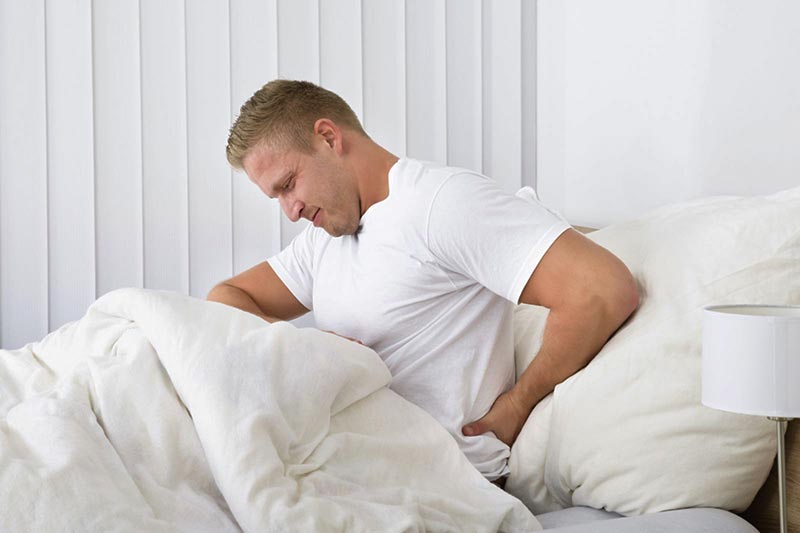
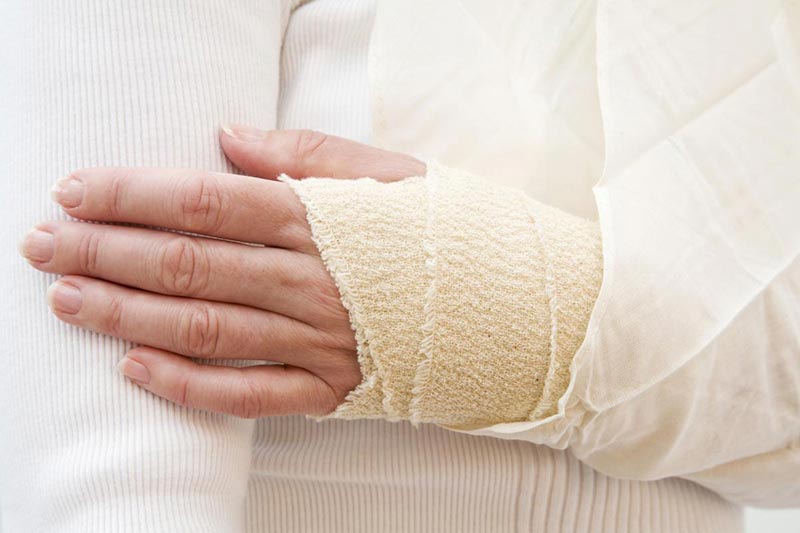
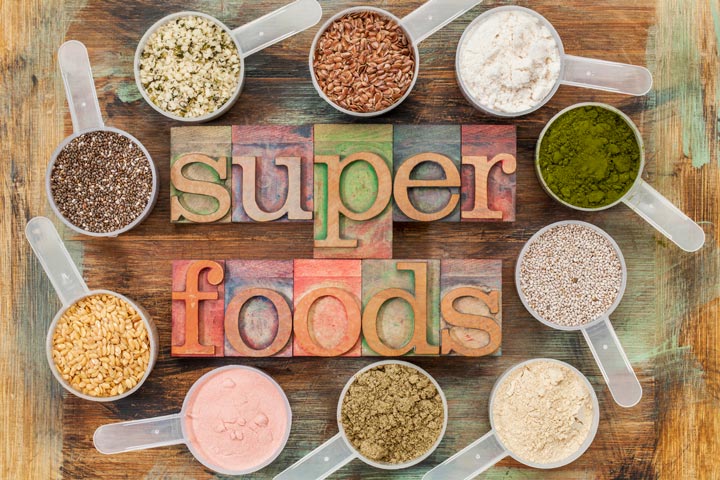
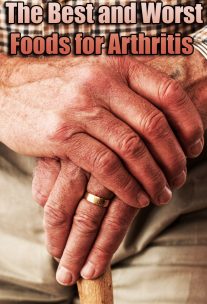
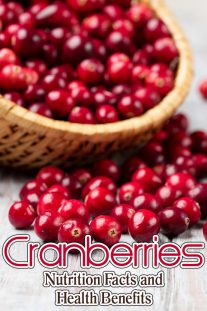
Leave a Reply